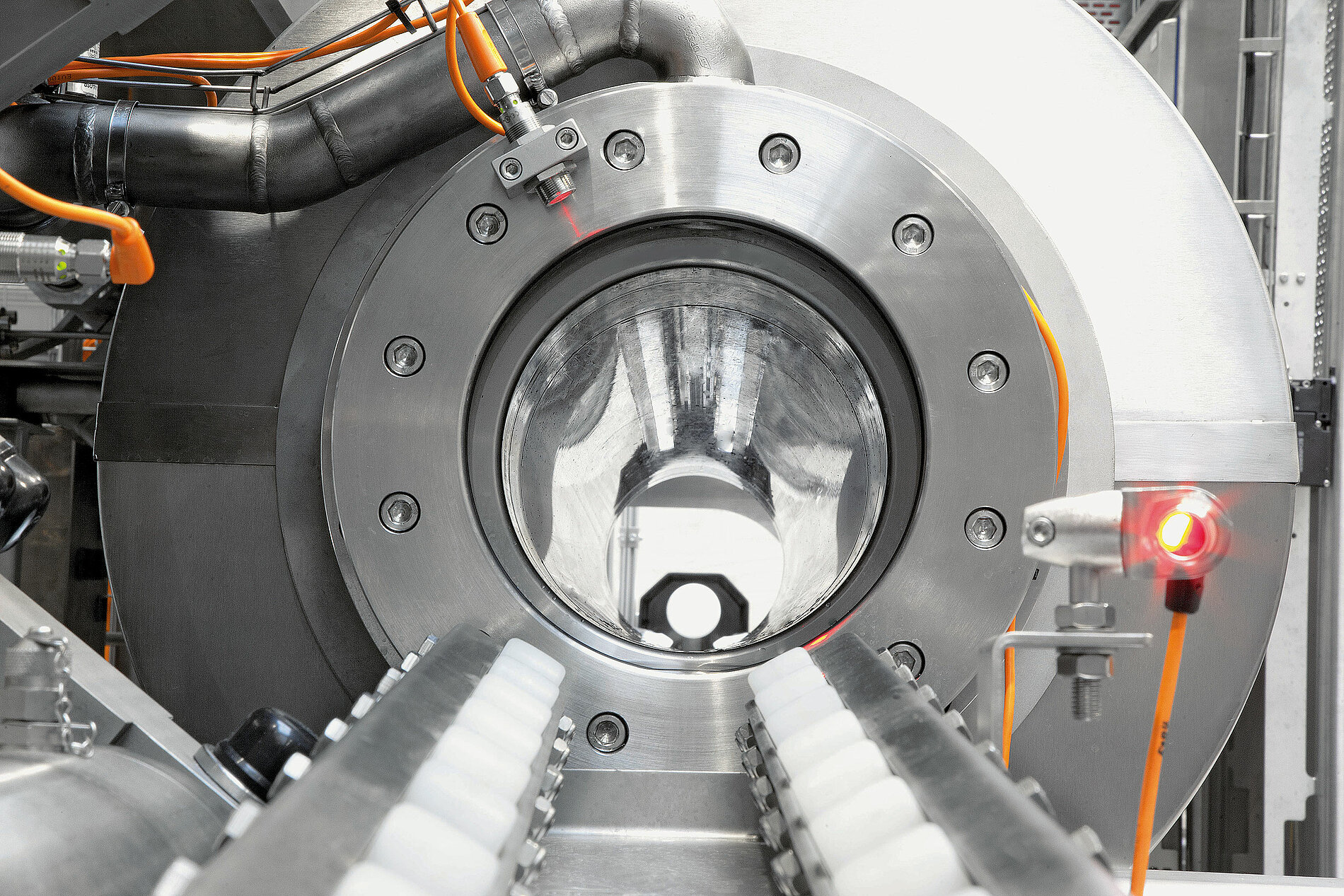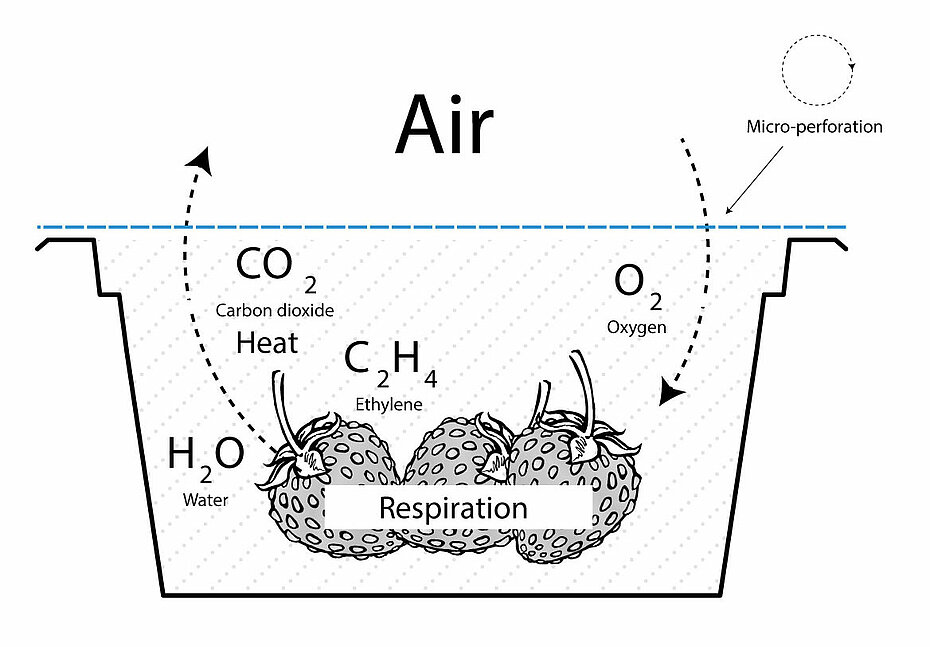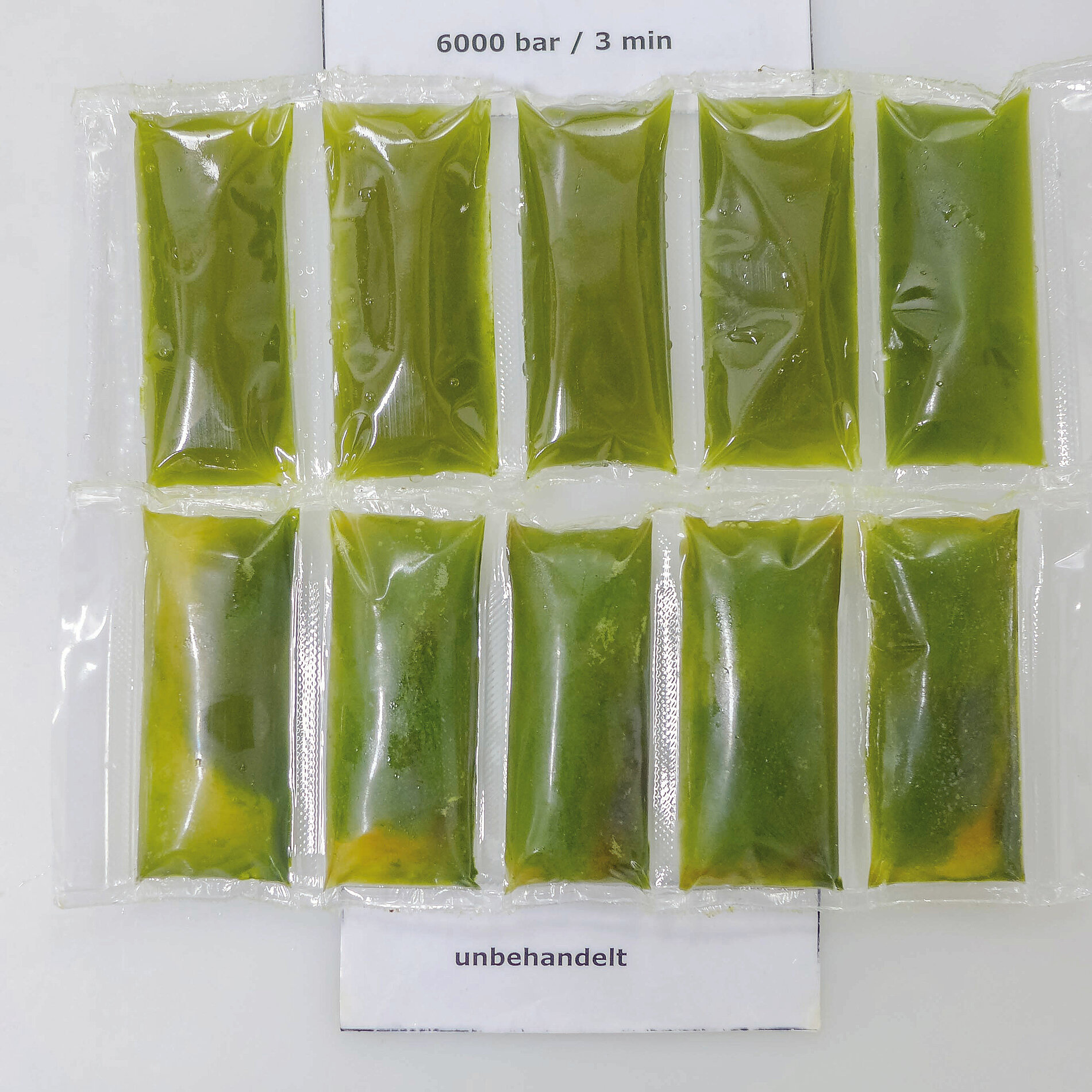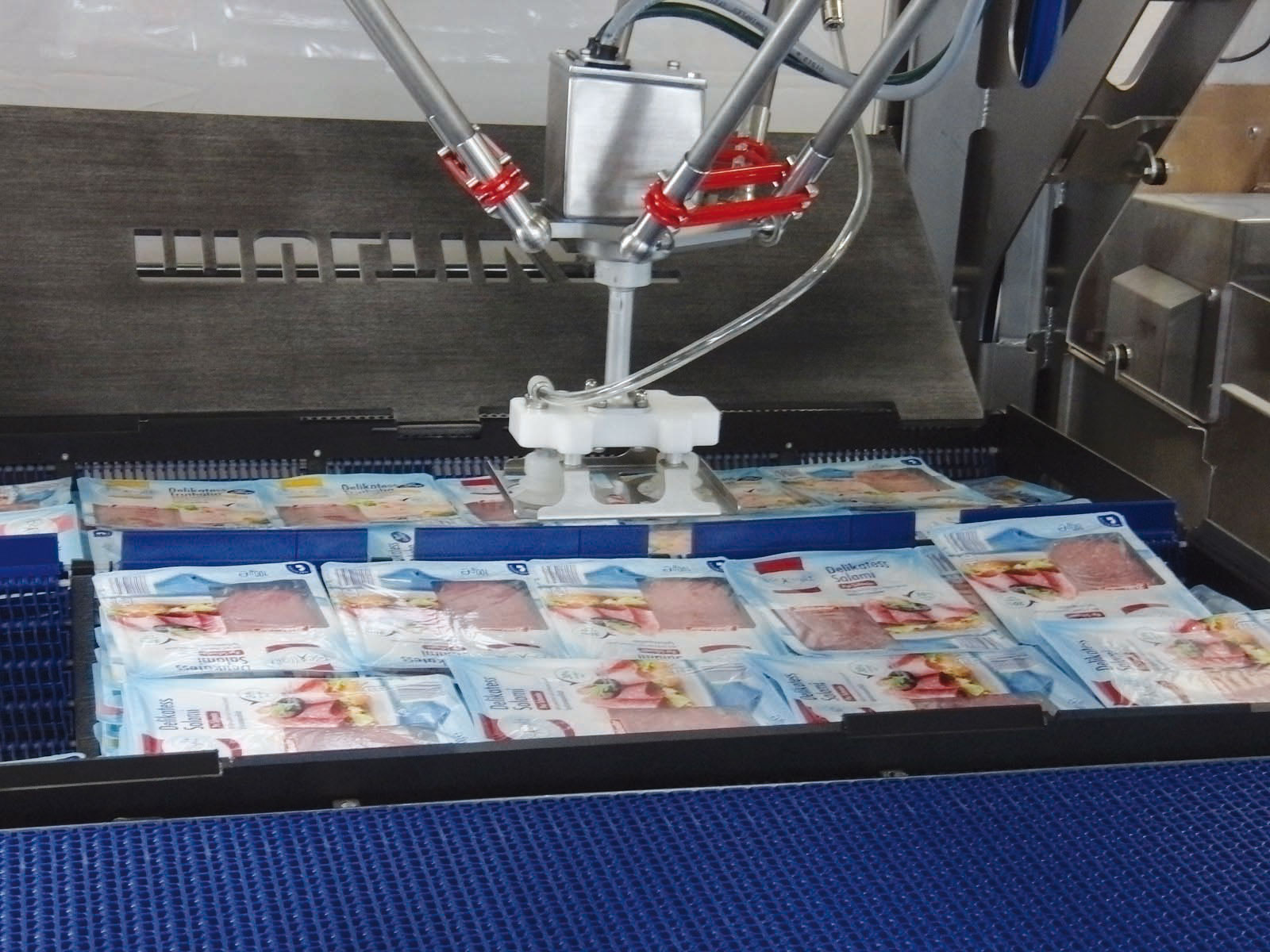Shelf Life improvement for Fruits and Vegetables with Suitable Packaging Technologies: High-Pressure Processing
DLG Expert report 8-2018
Author:
- Simon Ludl, Product Specialist HPP, MULTIVAC Sepp Haggenmüller SE & Co. KG, simon.ludl@multivac.de
Contact:
- Simone Schiller, Managing Director of DLG Center for Expertise on Foodstuffs (Fachzentrum Lebensmittel), Frankfurt am Main, Germany S.Schiller@DLG.org
The Situation
The food market must mainly meet four major challenges today:
- Reduction of food waste
- Increasing food safety and consumer protection
- More careful handling of resources
- Development and use of need-oriented solutions that take current and future trends into account.
Approximately 1.3 billion tonnes of food are wasted or lost each year. With regard to fruit and vegetables, even between 40 and 55 percent of the cultivated quantity is wasted. In the entire value chain, from the harvest or production to further processing, during storage and even during transport, food is lost, as it is in the trade and at the consumer’s home.
The causes vary. Among other things, they are dependent on the development level of the respective country and on people’s eating habits. In the developing countries, food loss mainly occurs during primary agricultural production, i.e. at the start of the value chain. The reasons for this are unfavourable basic conditions during the harvest or further processing, however also a suboptimal infrastructure, a shortage of storage and refrigeration capacities, as well as packaging and marketing concepts.
There is a shortage of suitable machines, technologies and materials for preserving food and making it safe. This means food spoils before it reaches the consumer.
In contrast, in developed counties and in emerging economies, food waste primarily occurs in households and in the trade. Food is thrown away, although it is still fit for consumption – for example, when the use-by date is reached, as it does not comply with the standards, has become unsightly or cannot be sold at a profit.
The damage is enormous for the environment, the industry, the trade and the consumer. In economic terms, the costs which result in the context of destruction or disposal of spoiled food amounts to billions world-wide. In the European Union alone, approximately 68 million tonnes of food end up in in the rubbish bin every year [1]. Added to this is the wasting of CO2 equivalents and drinking water, which are used both for cultivation of food and for its processing and ultimately for its destruction.
Trends that affect consumer behaviour also have an effect on the usability of fruit and vegetables. Society and family structures are changing. There is an increasing number of singles in all age groups – especially in large cities approximately half of the population already lives in single households. In addition, we are increasingly growing older and stay fit longer, however we also have to struggle with multiple disease patterns and orient our eating habits more than ever on our personal circumstances.
All together the trend toward need-oriented food continues. Here the focus is, among other things, on food suitable for the elderly and children, top quality functional or natural foods and convenience dishes and ready-to-eat food that can be prepared quickly without a lot of effort or on the go, on the way to work, at lunchtime or during sports.
The industry must face up to all these challenges. Therefore, measures for improved use of fresh, sensitive food have overall top priority. An important approach for achieving these goals is the packaging process, for packages also contribute to extending the shelf life of products and increasing food safety. However, it is a matter of utilising technologies that are suitable for the respective food – and which in addition are controllable, need-oriented and also economical.
Specific properties of fruit and vegetables
For vegetables and lettuce, and in particular for the trendy ready-to-eat and ready-to-cook mixtures, the danger of microbial spoilage is very great. As the protective layer, e.g. a peel, is missing at the cut surfaces, therefore greatly increasing the attack surface for microbial spoilage.
For fruit the distinction between climacteric and non-climacteric fruits is a major aspect, for the type of fruit has, among other things, considerable effects on its shelf life, the processing options and storage. Due to a two to three-fold increase in breathing, i.e. in the absorption of oxygen and emission of carbon dioxide, the climacteric period causes biochemical changes, such as the reduction of cell wall pectins and the hydrolysis of starch. The metabolic process continues after the harvest, which as a result leads to ripening, fermentation, discolouration and ultimately to definitive spoilage through reduction of the cell tissue and the growth of mould and other undesirable micro-organisms.
In general, whole, undamaged products have a longer shelf life than cut goods. Depending on the type, degree of ripeness, processing, packaging materials and packaging technology, it is possible in an extremely short time for discolouration, mould infestation and the collection of liquid to result even before the expiration of the minimum sell-by date.
Methods primarily used for extended shelf-life
Up until now, MAP and EMAP packages have been used to extend the shelf life of fruit and vegetables. With MAP (Modified Atmosphere Packaging), the natural atmosphere in the sealed package is replaced with a modified atmosphere or gas mixture matched to the respective product. It usually consists of carbon dioxide, nitrogen and oxygen. Its exact composition is based on the type, storage temperature and condition of the products, as well as its degree of ripeness, chopping size, and other key factors. With EMAP (Equilibrium Modified Atmosphere Packaging), a specific micro-perforation of the packaging film also takes place that enables an exchange of the atmosphere between the package and the environment. As a result, CO2 flows outward and O2 inward, enabling a balanced atmosphere to result in the package that considerably extends the shelf life. In the process, the characteristics of the perforation are adapted to the breathing activity of the products. The interaction of breathing and permeability of the foil results in an atmosphere inside the package that extends the shelf life of the food.
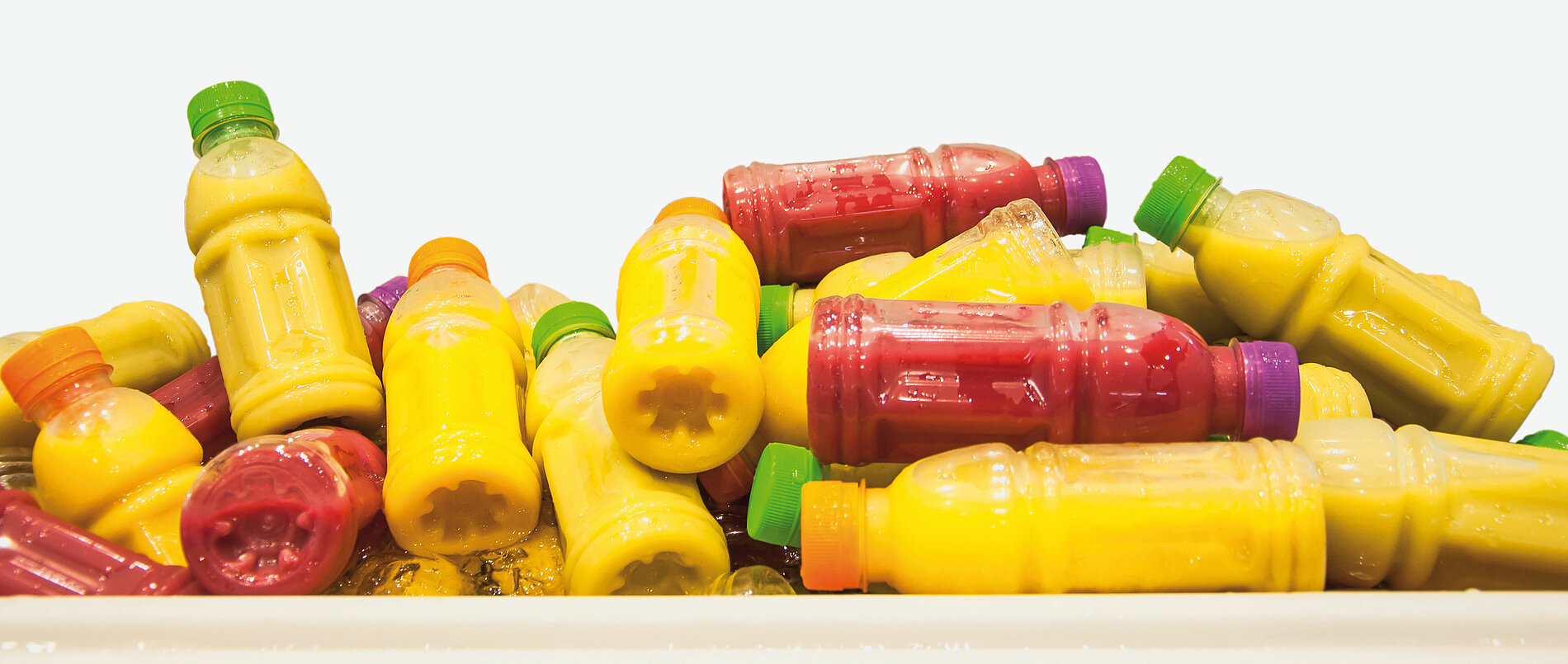
High-pressure processing (HPP) of food
Benefits, applications
High-pressure processing is considered one of the most promising methods for preserving sensitive food and is seen as a sustainable contribution to increasing food safety world-wide. The main applications are ready-made meals, meat and sausage products, as well as fruit and vegetable preparations. However, seafood and fish, juices and other beverages are also subjected to high-pressure processing.
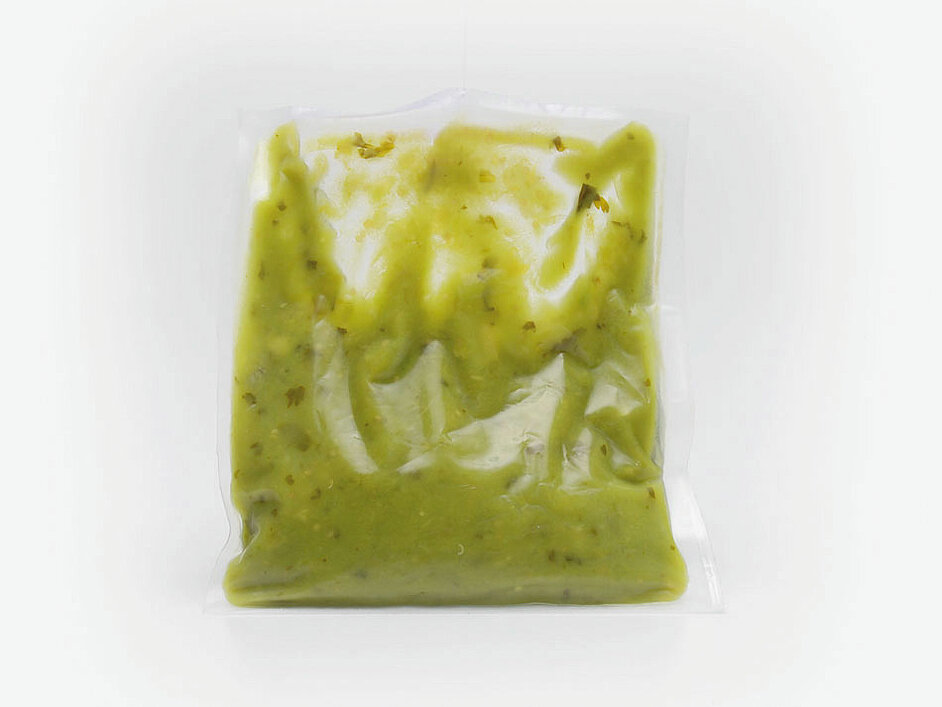
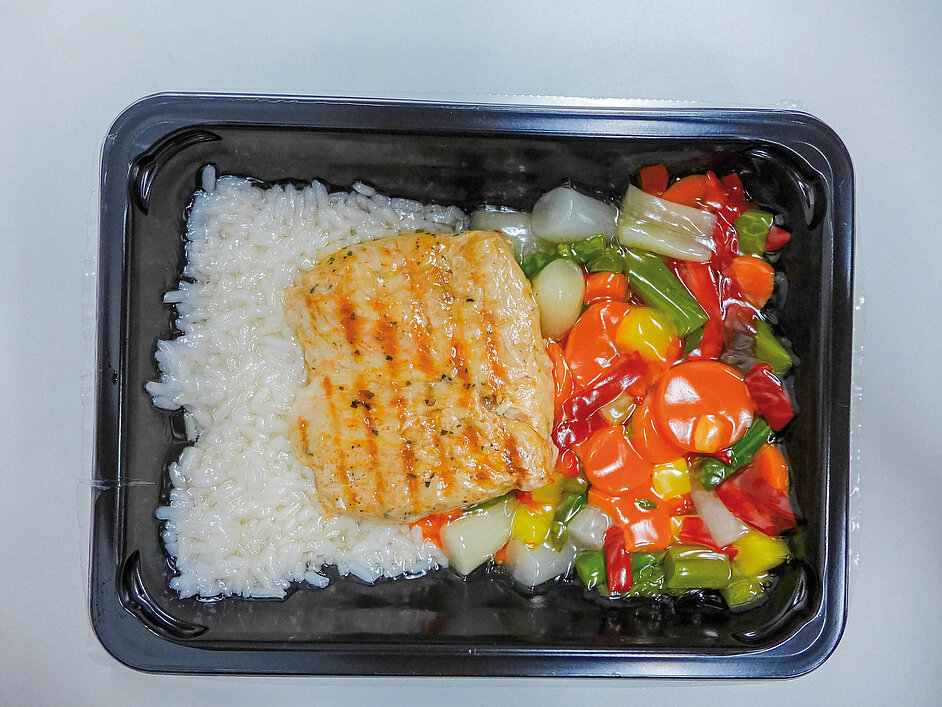
Figure 2: Product examples from the use of high-pressure processing
Undesirable micro-organisms in food, such as salmonellae, listeria, or mould and harmless germs like lactic acid bacteria, which in some cases naturally occur in large numbers in products, however can negatively affect the taste and appearance, can be deactivated or even eliminated with this gentle process.
In contrast to heat treatment, vitamins and other sensitive substances are largely preserved. And the taste changes little or not at all, as the small molecules which, for example, make up the aromas of a food, withstand the high pressure.
Consumers benefit from this process, as fresh and processed foods or the popular ready-made meals in top quality can be stored and consumed over a longer period without additives or heat treatment.
History
As early as the end of the 19th century, Bert H. Hite examined alternative methods for food preservation at the Agricultural Testing Station in West Virginia. Finally, in 1897 he succeeded in finding proof of an effect for milk, fruit juice and meat that extends the shelf life without any noticeable impairment under high hydrostatic pressure. However, this approach was not taken up by the food industry at that time. In the 1980s high pressure was finally rediscovered as a gentle method for preserving or conserving food.
In 1991, among other things the first high-pressure processed fruit juices and jams were introduced on the market in Japan, and in 1996 in Europa and in the US. Since 2010 the method has been given an enormous boost in many developed countries. The reasons lie in the altered consumer habits: “Organic” quality is in, whereby consumers do increasingly appreciate natural food, but nevertheless do not want to make any concessions regarding quality, appearance, and shelf life.. In addition, due to altered societal, household, and family structures, the trend is to fruit preparations, purées, and smoothies, however also to convenience meals and ready-made fruit, salad and vegetable mixtures which are also to be largely free of additives and preservatives.
High-pressure processing – in very specific terms
Primarily packaged food in solid, liquid, or pasty form is processed with high-pressure. This requires special packaging material properties. Trays, composite foils or (with liquid products such as juices and smoothies) also PET bottles are generally used. However, to achieve optimum results for each product, the process control of the HPP system must be optimally matched to the packaged goods, packaging materials, and package shape and exactly controlled.
In particular, the package design is of major importance for avoiding damage to or deformation of the packages, and therefore mechanical impairments, during high-pressure processing. The level of the applied pressure, the pressure holding time, type, and recipe of the food product, as well as the type and initial number of the respective germs and micro-organisms, have an effect on the success of high-pressure processing.
HPP systems usually consist of a pressure chamber, a loading system with corresponding loading baskets, high-pressure pumps, a water circulation system, and a control system. Loading is frequently carried out manually. On the other hand, in automated packaging lines the packaged products are laid in the corresponding loading basket with a handling module. This module has a cylindrical design and can therefore withstand a high pressure, as the pressure is distributed evenly along the surface.
Then the packages are subjected to an extremely uniform pressure of up to 6,000 bar (87,000 psi) in a liquid-filled tank for a defined holding time of generally just a few minutes. The pressure acts from all sides during compression. No shearing forces result so that many products then hardly show visible changes. The colour, freshness, odour and flavour are preserved, while undesirable micro-organisms such as bacteria, germs, yeasts, or mould are reduced or killed off.
Following processing, the pressure is released with relief valves. Then the loading baskets are run out of the pressure chamber and the packages are dried, marked or labelled if necessary.
Special challenge when processing modified atmosphere packages
While vacuum packages are generally excellently suited for high-pressure processing, modified atmosphere packages require a more detailed consideration.
Essentially, here successful processing only results with exact coordination of the packaging concept, process control and product.
Based on homogeneous pressure transfer, the resulting forces reach both the package surface and the modified atmosphere and the packaged goods inside the package. As pressurised gases can be compressed relatively easily, the modified atmosphere packages already collapse during the first pressure build-up phase. In the process, high flexibility of the packaging materials ensures the compression and the subsequent relaxation phase can be survived undamaged.
Rigid materials, such as glass, are therefore not suitable for the high-pressure process. A high fill level also ensures the packages remain intact and do not open. Nevertheless, successful processing can usually only be achieved by adapting the package geometry. An inadequate design would result in heavy deformation of the product and the package.
Furthermore, even with an optimised design of the packaging concept, isolated damage can still occur. For example, so-called “white spots”, i.e. local micro-defects in the foil, are frequently observed when processing modified atmosphere packages.
For while the pressure in the high-pressure chamber is being built up, inert gas molecules are sporadically absorbed by the foil material. A rapid pressure release by opening the valves ultimately results in a sudden volume increase of the gas molecules. This then results in a heavy mechanical load on the product-side layers of the packaging foil. Local micro-defects are the consequence and considerably impair the visual appearance of the article. Figure 5 shows the formation of the micro-defects in close-ups.

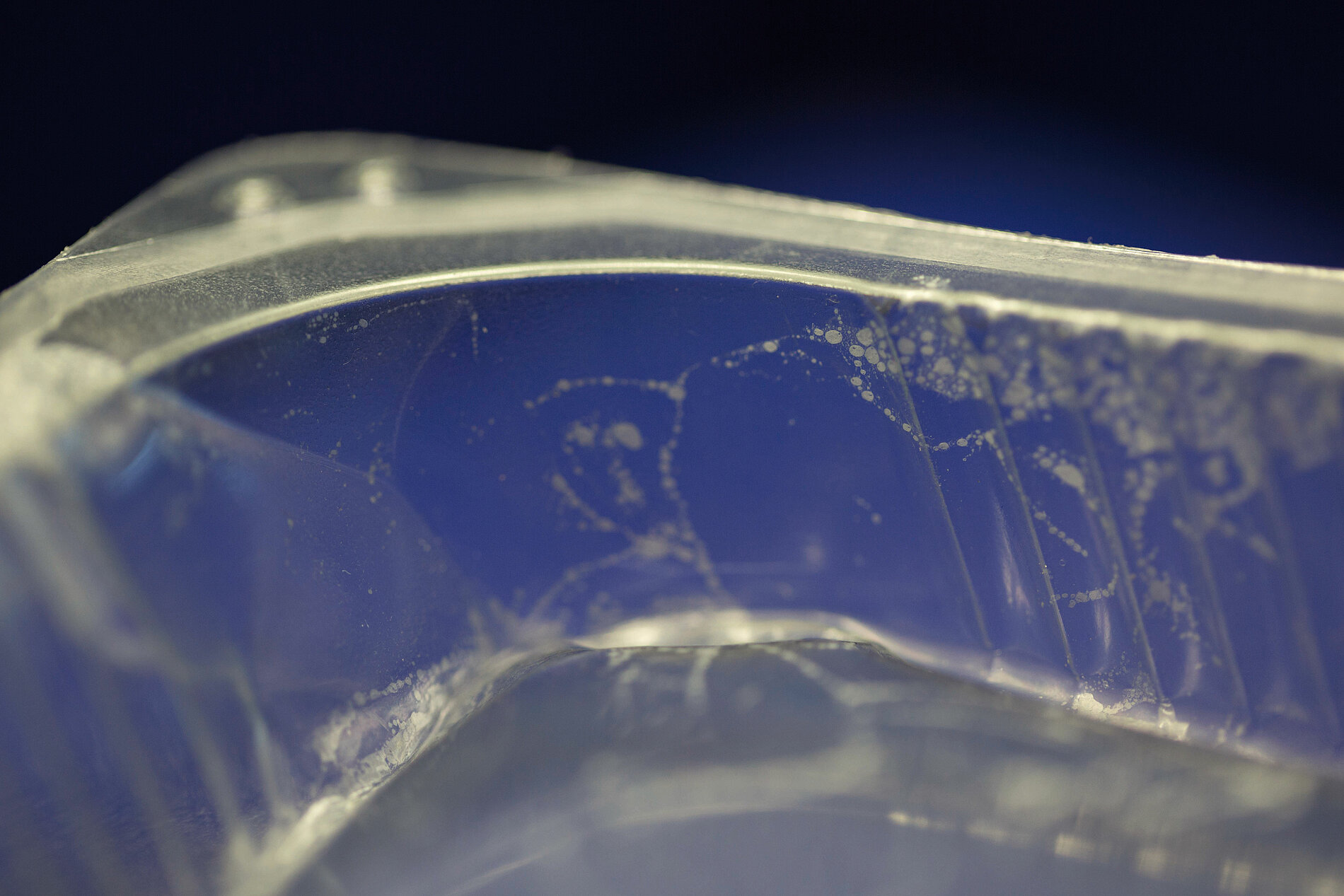
The gases can be gently dissolved using a controllable relaxation profile developed and patented by MULTIVAC. This makes it possible to process modified atmosphere packages damage-free. As a result, consumers ultimately benefit from a considerably improved food safety and shelf life. However, interesting implementation approaches also result for the food industry and trade by combining inert gas and high-pressure processing, as the products can be presented more attractively at the point of sale and can achieve a higher degree of convenience.
Integration of HPP systems in automated packaging systems
The throughput and product flow can be considerably improved by integrating HPP technology in automated packaging lines. At the same time, the process costs per package decrease, leading to an overall increase in efficiency. However, the corresponding requirements must be met for a smooth packaging process:
- Filling of the loading baskets must be integrated in the process. Special fold-open loading baskets were designed for this purpose which ensure good accessibility for the automatic handling units.
- As the degree of filling of the loading baskets has a major effect on the throughput of the HPP system, packaging-specific loading patterns are defined and stored in the machine controller of the packaging line. In the patterns it is also specified which package is laid how in the loading baskets by the gripping robots. This guarantees optimum, efficient loading of the pressure chamber.
- For an optimal result, the production output of the HPP systems must be specifically designed for the output of the packaging machines.
The MULTIVAC HPP Test Center
MULTIVAC has its own small testing system with a chamber volume of 35 litres for general feasibility tests, shelf life analyses or the development of new products. This system is equipped with facilities and methods with which both vacuum packages and modified atmosphere packages can be reliably processed with high pressure.
Summary
On the whole, high-pressure processing, which is suitable for processing both vacuum packages and packages with a modified atmosphere (MAP), offers several advantages compared to preservation with heat treatment: While vitamins are lost or decomposed through the effects of heat and the heat also usually does not have a uniform influence, with this non-thermal method the vitamins and other sensitive substances are largely preserved, and undesirable micro-organisms are reduced or eliminated. Consumers benefit from high-pressure processing, as fresh and processed foods or ready-made meals in top quality can be stored for longer periods.
Literature:
Richter, T. (2011). Der Einfluss hohen hydrostatischen Drucks auf polymere thermoplastische Lebensmittelverpackungen. (The influence of high hydrostatic pressure on polymere thermoplastic food packages.) Dissertation. Institute of Technology in Munich, Germany.
Contact:
Simone Schiller, Managing Director of the DLG Competence Centre Food, Frankfurt am Main, S.Schiller@DLG.org

